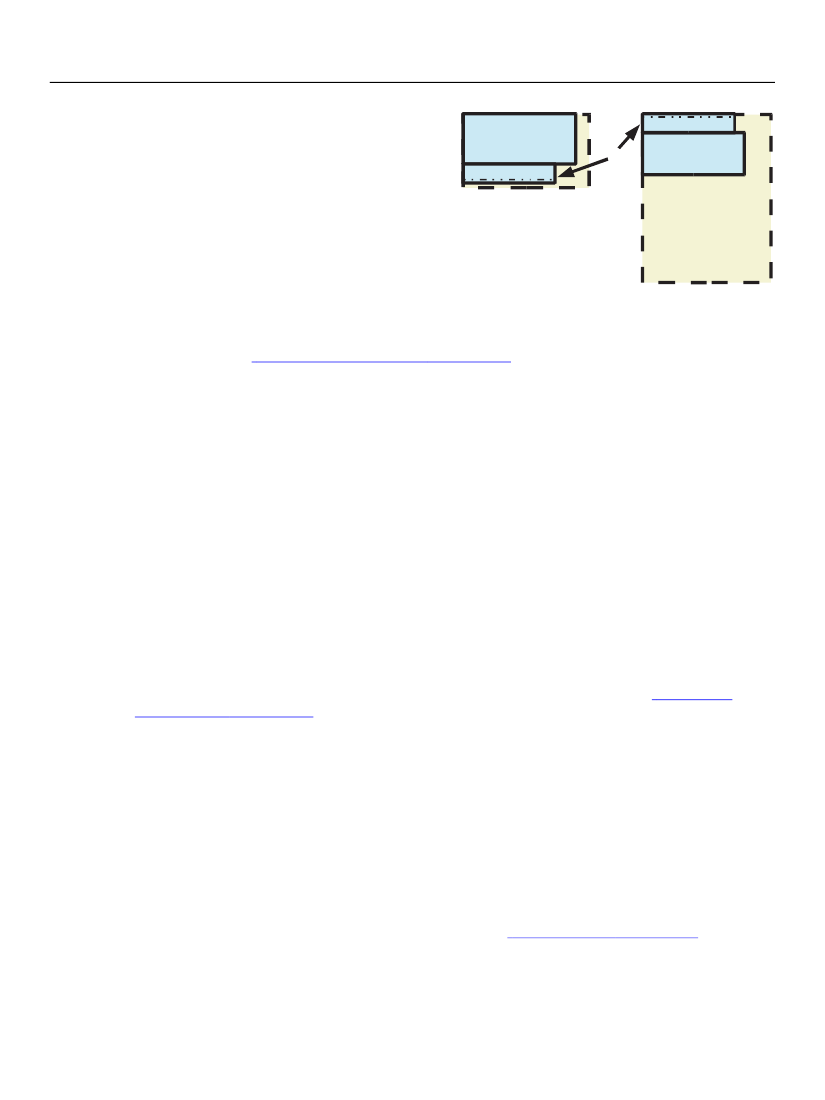
XFA Specification
Chapter 7, Layout for Growable Objects
Flowing Layout for Containers
241
In this case subform
C
and the top part of
D
fit in
contentArea A
, while the remainder of
D
and
subform
E
are placed in
contentArea B
, as shown
at right. The adhesion requirements are still
satisfied because
C
adheres to a piece of
D
and a
piece of
D
adheres to
E
.
be, that is the
C
A
To be or not to
D
E
Note:
Adhesion is restricted to adjacent subforms
that are siblings in the Form DOM. If they do
not share the same parent they do not
adhere. The reason for this is that not being
siblings in the Form DOM implies that they
Adhesion of splittable subforms
are not logically grouped. This rule is
particularly useful in dynamic forms, as
discussed in
“Adhesion in Dynamic Forms” on page 280.
For example, in the following template subform
D
does not adhere either to subform
C
or subform
X
because they are not siblings with
D
.
<template …>
<subform name="root" layout="tb" …>
<pageSet …>
…
</pageSet>
<subform name="C" … />
<subform name="X"
…>
<subform name="D" …>
<keep prev="contentArea" />
…
</subform>
</subform>
</subform>
</template>
B
Adhesion is modified by the presence of a subform set. Subform sets have not been introduced yet. They
are used with dynamic forms. The effect of a subform set upon adhesion is discussed
“Adhesion in
Dynamic Forms” on page 280.
Leaders and Trailers
A subform or subform set may be associated with leaders and/or trailers that are placed before and after
objects in a flowing layout. Leaders and trailers must be subforms, however although a leader or trailer is a
single subform it may have an arbitrary number of child subforms. Leader and trailer subforms and all their
children must use positioned layout.
Break Leaders and Trailers
A subform or subform set may specify that layout is to transition to a new content region before, after, or
both before and after the object is placed. This is described in
“Break Conditions” on page 216.
In addition
the object may nominate a leader and/or trailer in association with the break condition.
The words
leader
and
trailer
have slightly different meanings in the context of a break condition than they
do in other contexts. The leader and trailer do not surround the content of the object. Rather they